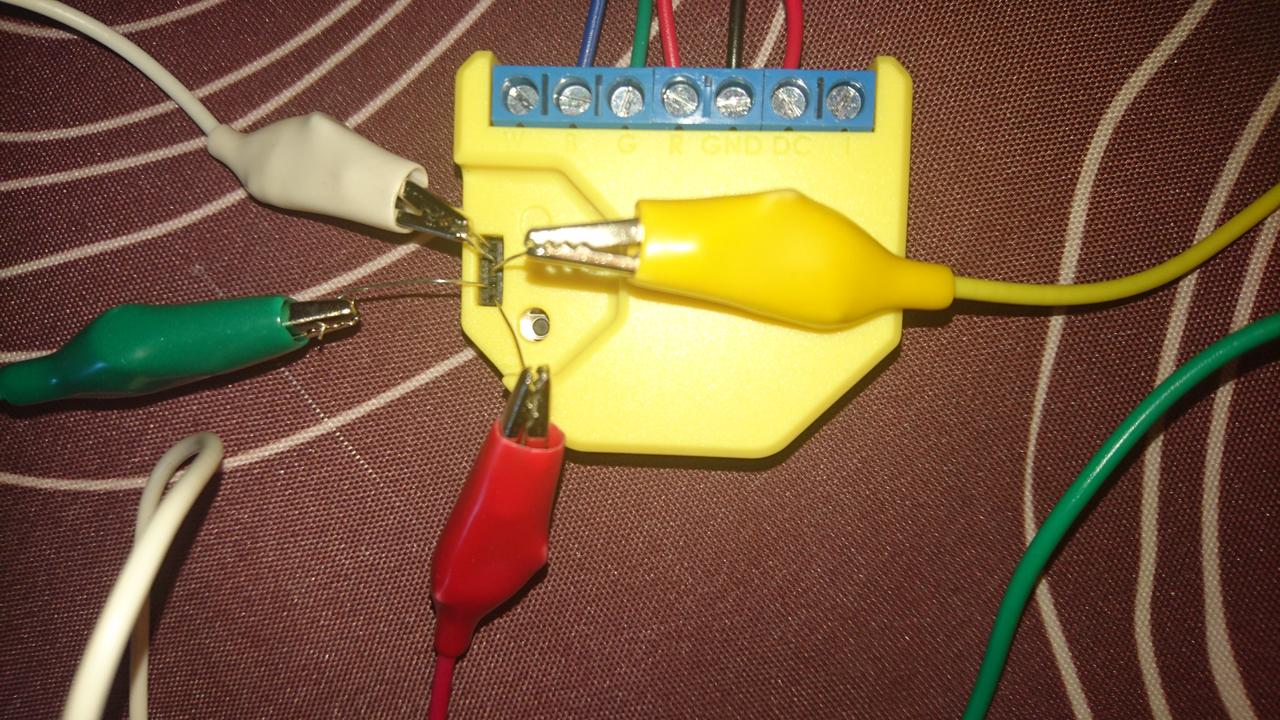
On the graphs, you can click the labels on the axes to change what’s plotted. I’ve used a scatter graph to look for correlations between the different values. They automatically pick up the lineup’s data, and plot the values. Once you’ve set up the data as you want it, you can add graphs and charts. The lineup will create random data for you to use, if you wish, but you could also capture data from your class.To add more students, just double-click on the top of the table, and change the number of students in the panel that appears.

As you’ll see, it’s accompanied by a data table, into which you can type directly. In this video, I’ve added a lineup to the screen. To help introduce ideas related to statistical measures, it includes a 3D line-up of characters. Yenka Statistics is one of Yenka’s Mathematics modules. Try this yourself with Yenka’s free home licence. As an example, I could have plotted kinetic and potential energy on the same graph, to illustrate the conversion between them.Īnd finally… release that pause button, and off it goes! The graph tracks both bouncing balls at once. Each one must measure in the same units, though not necessarily from the same object, or even the same quantity. Double clicking the area around the graph lets you access its settings here, you can add a second, third or fourth trace. I add two dropdown controls, and drag their target symbols onto each ground they let me choose the gravity setting. Yenka’s presentation folder lets you add controls and measuring tools to your screen. To duplicate this setup precisely, I simply click the right mouse button on the border, and click copy, and then paste. The ground exerts a gravitational attraction on the ball. In the space, I’ve placed a ball and a ground. (And note - I’m using last week’s tip: setting up the experiment with the pause button switched on, so that I can set things running when I want to.) I start by dragging a “space” onto the screen - a self-contained area which allows you to vary the laws of physics within the confines of your monitor.

Here, I want to look at how the same ball would bounce on the earth and the moon. Often, though, it’s useful to compare two traces on the same graph.


Yenka Science’s graphing tools are helpful when you want to follow what’s happening in your simulation.


 0 kommentar(er)
0 kommentar(er)
